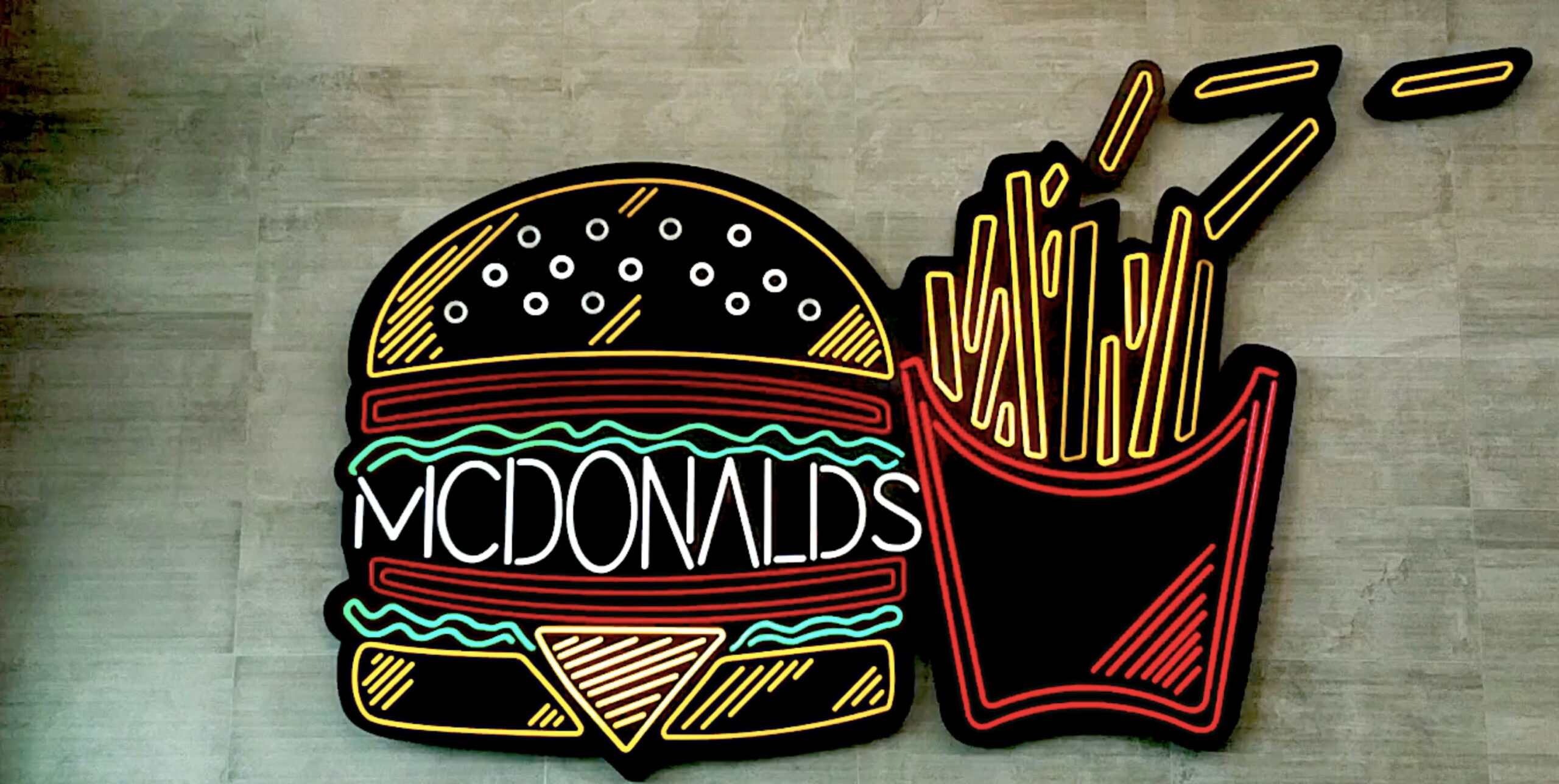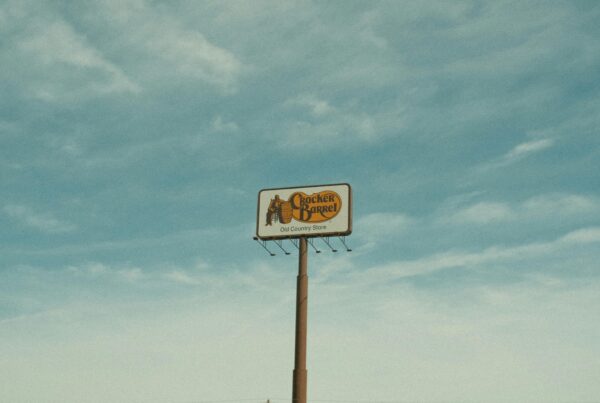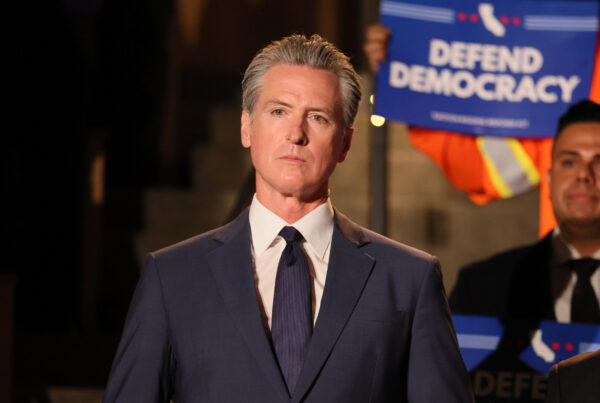Picture this: two iconic American dining experiences standing at opposite crossroads, each grappling with the same fundamental question—how do you stay relevant without losing your soul?
On one side, we have Cracker Barrel, the roadside sanctuary that has served as a beacon of comfort food and nostalgia for generations. On the other, McDonald’s—the golden arches that revolutionized fast food—now wrestling with perceptions that it has strayed too far from its affordable roots. Both companies are making bold moves, but their strategies couldn’t be more different.
The Great Rebranding Gamble
Cracker Barrel’s recent transformation feels like watching a beloved family heirloom get a modern makeover. The company has quietly smoothed away the rustic edges of its brand identity, introducing a cleaner logo and streamlined aesthetic that trades handcrafted charm for corporate polish. Gone is the elaborate, hand-drawn script that whispered stories of country roads and front porch conversations. In its place? A font that could belong to any upscale farmhouse restaurant chain.
The timing couldn’t be more telling. As Cracker Barrel’s stock tumbled 15% following the logo backlash, one question echoed across social media and investment forums: was this modernization worth alienating the very customers who made the brand legendary?
But what drives a company to risk its most precious asset—brand loyalty built over five decades? The answer lies in a fundamental shift in consumer demographics and dining habits. Younger generations, with their Instagram-ready expectations and evolving tastes, represent the future of restaurant revenue. Yet Cracker Barrel’s strategy raises a provocative question: can you chase new customers without losing the ones who’ve kept your rocking chairs warm for generations?
The Price War Solution
McDonald’s, meanwhile, has chosen a dramatically different battlefield. Rather than reimagining its visual identity, the fast-food giant is returning to its foundational promise: affordability. The company’s recent announcement to slash combo meal prices by 15% represents more than a promotional strategy—it’s a declaration of war against the perception that McDonald’s has abandoned its working-class roots.
Consider the viral moment that sparked this reckoning: an $18 Big Mac combo at a highway rest stop that ignited nationwide outrage. That single meal became a symbol of how inflation and corporate pricing strategies had transformed the “I’m Lovin’ It” experience into something many customers couldn’t afford to love. CEO Chris Kempczinski’s admission that the menu had become “too expensive” wasn’t just corporate transparency—it was a recognition that brand perception can be as powerful as financial fundamentals.
The reintroduction of “Extra Value Meals” carries symbolic weight. It signals a return to McDonald’s DNA, acknowledging that sometimes the most revolutionary move is going back to what made you revolutionary in the first place.
When Strategy Meets Reality
These contrasting approaches reveal fascinating insights into modern brand management. Cracker Barrel’s aesthetic overhaul represents the classic corporate dilemma: evolve or risk obsolescence. The company’s leadership likely viewed the changes as essential modernization, a way to attract younger diners without fundamentally altering the food or service experience.
But markets rarely separate perception from reality so cleanly. When your brand identity is built on authenticity and tradition, even subtle changes can feel like betrayal to loyal customers. The stock market’s reaction wasn’t just about logo preferences—it reflected investor concern about a potential disconnect between brand strategy and customer expectations.
McDonald’s pricing strategy, by contrast, directly addresses a tangible customer pain point. While Cracker Barrel’s changes target future appeal, McDonald’s focuses on immediate accessibility. The difference is striking: one company is reshaping its image to attract new customers, while the other is adjusting its value proposition to retain existing ones.
Lessons from the Dining Room Floor
These divergent strategies illuminate broader trends reshaping the restaurant industry. In an era where social media amplifies every brand decision and economic uncertainty makes consumers more price-conscious than ever, companies face an increasingly complex balancing act.
The success or failure of these approaches won’t be measured solely in quarterly earnings. Cracker Barrel’s modernization gamble will ultimately depend on whether it can attract new customers faster than it loses old ones. McDonald’s pricing strategy faces the challenge of maintaining profitability while rebuilding trust with value-conscious consumers.
What’s particularly striking is how each company’s approach reflects its core customer relationship. Cracker Barrel’s changes suggest a brand trying to expand its appeal, perhaps believing its existing customer base will adapt. McDonald’s strategy, however, demonstrates a company recommitting to its foundational customer promise.
The Mirror of Consumer Expectations
As these strategies unfold, they offer a masterclass in the delicate art of brand evolution. The most successful companies understand that change must feel like a natural extension of brand values rather than a departure from them. When customers feel that a beloved brand is abandoning its core identity, loyalty can evaporate faster than morning mist on a country road.
The restaurant industry’s current landscape demands more than surface-level solutions. Companies must ask themselves: are we changing because our customers need us to, or because we think they should? The distinction between customer-driven evolution and corporate-driven transformation can mean the difference between sustainable growth and alienated audiences.
In this tale of two strategies, perhaps the most important lesson isn’t about logos or pricing—it’s about the fundamental importance of understanding what your customers truly value. Some bonds are built on familiarity and tradition. Others are forged through accessibility and value. The companies that thrive will be those that honor these connections while adapting to an ever-changing world.
After all, in the end, both golden arches and rocking chairs serve the same basic human need: a place where people feel welcome, understood, and valued. How each company chooses to honor that need may well determine which path leads to lasting success.





